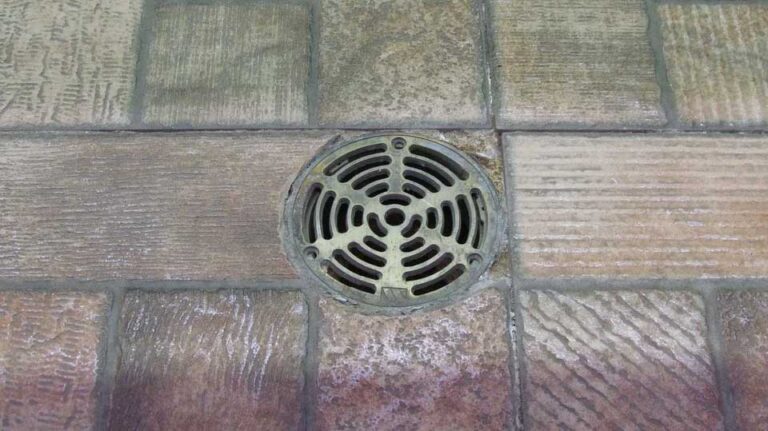Figuring out why your basement draining is backing up takes a lot of guesswork since the root causes are usually located in the deep dark recesses of your drain lines. Simple do-it-yourself cleaning and repairs may alleviate minor issues but more serious problems need proper inspection and repair.
The following are common causes of basement drain back ups. While some issues may involve an easy fix, others require more specialized tools and expertise to correctly diagnose and repair the issue.
Causes of Edmonton Basement Drain Backups
Low Lying Plumbing Fixtures
The first place you will likely notice a backup is in any showers, bathtubs or toilets you have in your basement. However, these low lying plumbing fixtures are not necessarily always the cause.
Unless you know for sure there is a clog in one of these fixtures, do not attempt to fix the backup. The root issue is probably further down the drain system.
Wash Tub Basin
If you are experiencing a drain backup in your basement, your wash tub basin, or laundry tub, may be the culprit. A quick fix may be to clean the strainer on the drain inlet, which you can easily do yourself.
When the trap under the basin is clogged, you can try a plunger to clear the sediment and debris. Otherwise, a snake may be required or the trap may need to be removed and cleaned.
If the blockage is not easily accessible, a professional plumber can use their tools and expertise to clear clogs that are further down the system without causing further damage to your plumbing.
Washing Machine
Washing machine backups involve a lot of water but are typically easy to fix.
Turn off the washing machine and check the strainer on the drain hose. Clear out any blockage before reattaching.
When this does not correct the issue, there may be a blockage in the trap or further down the drain. Just like the wash tub basin, if clearing the trap doesn’t work, it’s best to call in a professional.
Main House Trap
The main house trap is the fixture in the main drain line that prevents sewer gases from seeping into your home.
This system involves a plug on the house-end of the line and one on the street-side. Randomly removing these plugs is not recommended as it could cause sewer wastewater to enter your home. Also, the plugs are extremely difficult to put back in.
Instead, you can open (without removing) the street-side plug then the house-end plug to allow the backup to drain away from your home.
However, even this procedure is risky and should be left to an expert plumber.
Floor Drain
The floor drain connects to the house drain that is located under your basement. Since it is there to drain excess water in your basement, it typically stays pretty dry.
However, clogs and excessive rain water may cause the drain to backup. In the case of a clog, the blockage could be located in the drain, the house trap or the sewer main.
If the clog cannot be easily removed, contact a sewer technician to investigate the cause and location of the blockage.
Calling in a Professional
Improper investigation of drain blockages can cause further problems and potential damage to your drain lines. Leave the diagnosing to the professionals, who will use a high-tech camera snake to perform a visual inspection of your basement drains. They can then clear out the clogs or carry out necessary repairs.
Peak Sewers & Underground Services utilizes camera systems to provide accurate and detailed information to our customers regarding drain blockages and back ups.
Contact us today and we can quickly and accurately diagnose the issues inside your sewer pipe!

